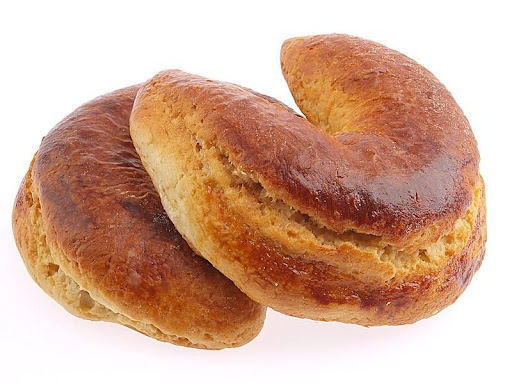In Portugal, the day of the Assumption of Virgin Mary is celebrated on the 15th of August, a national holiday. Catholic tradition states that, at the death of the Virgin Mary, she was transported body and soul to heaven to share in the glory of her son, Jesus Christ.
Virgin Mary is considered the queen of Portugal, being linked to the main events in the history of Portugal’s independence.
In Portugal, this is a major feast in the Church and is an annual festival, called Romaria (pilgrimages), celebrated in several locations.
Brass bands, drums and traditional bagpipes (the Galician bagpipes) play while images of Mary, Queen of Angels, are crowned in churches.
One of the several places where the Assumption of the Virgin Mary is celebrated is located very close to the Capital, Lisbon.
In the Municipality of Mafra, in the west of Portugal, the Assumption of the Virgin Mary is celebrated in 4 locations: Barreiralva, Monte Bom, Enxara do Bispo and Cheleiros.
The holding of pilgrimages and the celebration of masses, results in a party held by the locals, where it is traditional to share food and regional products. In this area, tradition leads to the consumption of “parrameiro”.
The “parrameiro”, not actually a cake, is a sweet, flavored, typically traditional bread, extended to the so-called saloia region, with unique characteristics that last over time. As it is a sweet bread, different from everyday bread, the dough being improved with eggs, sugar and aromas, they are of symbolic value, namely Eucharistic, popular and eminently social. This type of festive bread reinforces the abundance of the house and the ostentatious affirmation of the status of the person who owns it.
Known as the bride and groom cake, party cake, cargo cake, fogaça or horseshoe, it is widely spread throughout the municipality of Mafra. Its secular existence means that it presents local variations in terms of its composition, texture, designation and shape, although the “horseshoe” format predominates.
Over the years, the confection of this sweet bread has undergone changes, simplified; it was originally sweetened with honey; today sugar is used. Her cooking at home was careful and zealous; in the wood oven, the cakes were baked on fig leaves, so they wouldn’t get dirty with ashes and they would taste better.

